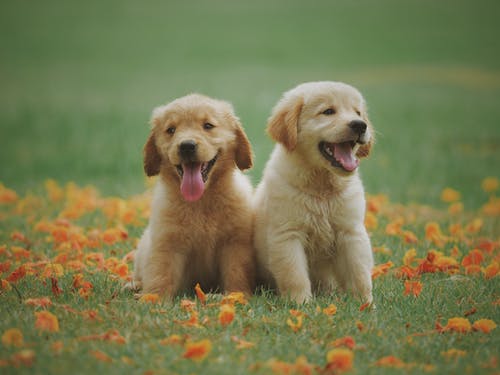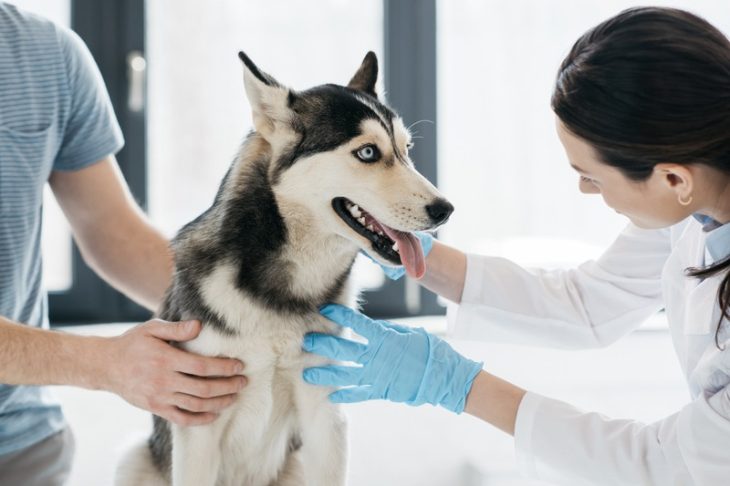You and your dog will most likely be stressed in the days preceding and after surgery. Knowing how to look after your canine partner after they’ve settled into the home is essential for assisting them in returning to their normal routine as swiftly as possible.
How Can We Provide Comfort to Our Pets Following Surgery?
If your dog’s treatment is complete and it’s time to be discharged, Your vet will give you precise, detailed instructions on caring for your dog at home. Following these guidelines and rules will be essential for safe and efficient rehabilitation. If you need more clarification on these procedures, talk with your doctor. These are the basic things you should do after surgery.
Pain Management
After your dog’s surgery, your veterinary surgery doctor will go over the painkillers or medications prescribed to your pet so you can avoid infection and manage the post-surgery discomfort or pain. Your veterinarian will discuss the proper dosage for your pet, how often the medication must be provided, and how to administer it safely. Follow these guidelines carefully to avoid discomfort and adverse effects while your dog recovers. If you’re unsure about any instructions, ask clarifying questions.
Limit Movement
Your veterinarian may advise you to limit the dog’s physical exercise for an agreed-upon time. Excessive moving, jumping, and stretching can impede recovery and cause the wound to open. If the surgery is successful, the dog may not require additional measures to limit your pet, such as the complete enclosure or crate rest. Most dogs can be kept inside their cages and moved when needed or for bathroom breaks.
After preventive vaccinations, it is also strongly advised by professionals that you restrict their movement. If possible, confine them to one location to limit their mobility because engaging in intense exercise following vaccination is unsafe.
Post-Operative Diet
Dogs are often reluctant to eat shortly after surgery. This is a typical reaction to anesthesia in addition to nausea. Consider serving a half-sized light meal, such as rice or chicken. This could be easier for your dog to digest than ordinary store-bought food.
Don’t worry if your dog doesn’t have food after the surgery. Within 24 hours, the dog’s appetite will return. It is then possible to gradually introduce their regular food. Contact your veterinarian if your dog has yet to eat 48 hours after surgery. The loss of appetite could be an indication of an illness.
Peaceful Environment
Your dog needs an area to relax and recharge. The ideal place for them to rest should include a comfortable bed that has plenty of room to sprawl out, free from the distraction and noise from the rest of the family. A comfortable, soft bed will help ease post-operative site pain while resting.
Post-Anesthesia Effect
Your vet typically employs general anesthetics to keep your dog asleep during the procedure. It also prevents your pet from experiencing discomfort from any surgical, dental, or basic surgery procedure. Following the procedure, the effects of the drug may take some time to fade. Usually, swollen injection sites are observed after anesthesia has been given. It is strongly advised to consult a professional veterinary dentist in Gallup, NM if any unusual effects of anesthesia are observed.
Conclusion
They are among the most frequent actions after your pet’s surgery. These steps will enable you to live in a peaceful space with less stress and effective post-operative treatment. Always consult a professional when you think there is something odd with your pet after surgery.



